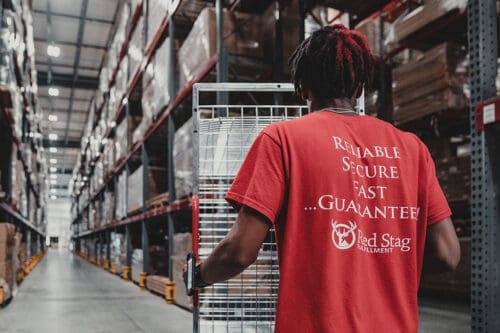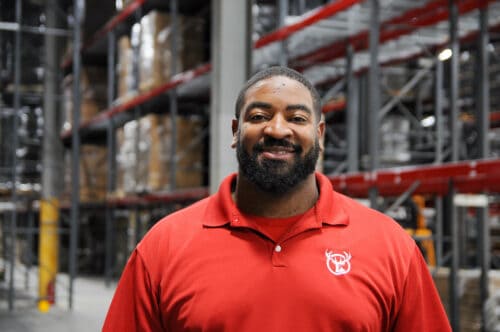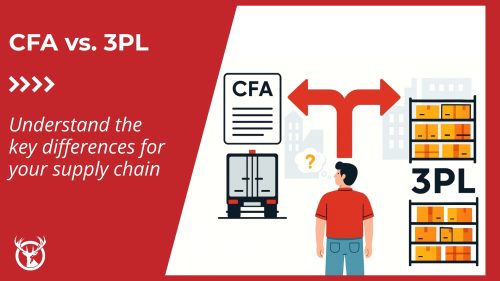Order management and delivery are tough to figure out, especially when you come across terms like direct fulfillment centers for the first time. It can be tricky to remember the difference between fulfillment and distribution or know what’s best for your supply chain and business. Our goal is to clear up some of that confusion and discuss how direct fulfillment centers are often the right call for today’s eCommerce businesses.
You want to reach customers directly. And, as their name says, these locations help you do just that. Thankfully, you can even get all the benefits of direct eCommerce fulfillment without owning or running your location.

What is a direct fulfillment center?
A direct fulfillment center is a location that ships products and orders directly to individual shoppers. These facilities are usually multi-million square feet warehouses that store products, pick and pack orders, ship orders, and provide returns management.
If your company ships its goods to customers, your model is called direct to consumer, or D2C. In most cases, eCommerce is D2C and will have a direct fulfillment center as the final part of the supply chain where orders are sent to customers.
When a company ships in bulk, such as manufacturers or wholesalers, they aren’t operating this direct model. In these cases, you’re not traditionally considered to be running one of the new direct fulfillment operations.
Are they only for drop shipping?
One of the first follow-up questions we get about direct fulfillment centers is if they’re restricted to drop shipping businesses. This is because Amazon uses the term as part of its Amazon Direct Fulfillment drop shipping-like platform.
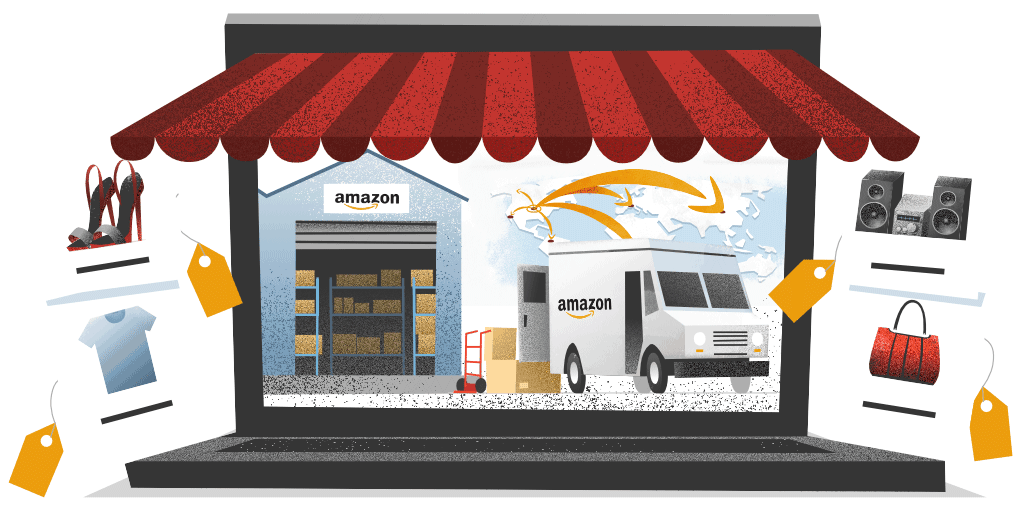
Normal Amazon vendors
The main thing to note here is that this program is for vendors, not direct sellers. Vendors sell their products to Amazon, which then white labels them as “Sold by Amazon” products. That may have you asking where this fulfillment center fits in the supply chain then. One is still there, even in the Amazon program. Here’s how it looks:
- Vendor has their goods stored in a warehouse
- Amazon purchases those items in bulk from the vendor
- Vendor uses a generalized fulfillment center or distribution center to send bulk goods to Amazon
- Amazon’s team will break down the bulk shipment into individual units and SKUs
- You buy one of these products from Amazon
- The closest Amazon direct fulfillment center will pick the products you buy, pack that order, and send it to you
There may have been multiple warehouses and distribution points along the way. However, the final center that delivers goods to the end-customer is the direct fulfillment center.
Amazon Direct Fulfillment difference
Amazon experienced many of the same issues other eCommerce stores did during the pandemic. The chief concern was that people bought goods faster than Amazon’s warehouse could restock. To keep goods flowing, the marketplace adapted Amazon Direct Fulfillment as a support system.
In these instances, Amazon asked vendors if they could run their own direct fulfillment centers too. That way, Amazon didn’t have to list some goods as out of stock when Amazon’s warehouses were empty. Instead, Amazon would send individual orders to the vendor, whose warehouse would then mail the product to each customer. To participate in the program, each vendor needs a warehouse that can ship individually to customers. The good news is that this is acceptable whether you ship from your own warehouse or use 3PL services for order fulfillment.
Learn three ways Amazon Direct Fulfillment could be a smart move for your business
More than Home Depot, too
Home Depot pops up the search results when many companies start researching non-Amazon direct fulfillment center locations and options. The company has been a leading large retailer in this space. It began opening direct fulfillment centers in the early 2010s, often adding at least a million square feet of space to tackle online orders.
That can seem daunting for many eCommerce readers. The good news is that you don’t need to have the space or budget of this massive home improvement retailer. You can find a variety of options and new direct fulfillment support for your size.
The goal isn’t to meet Home Depot’s scale or somehow buy land in Locust Grove, GA. Instead, look for a partner that can help you with your company’s needs. That means intelligent material handling, reaching well above 99% order accuracy, and services to help your store succeed. Find someone that fits your business’s size, can handle your products, and helps you scale.
Here are your must-ask questions for any potential logistics partners
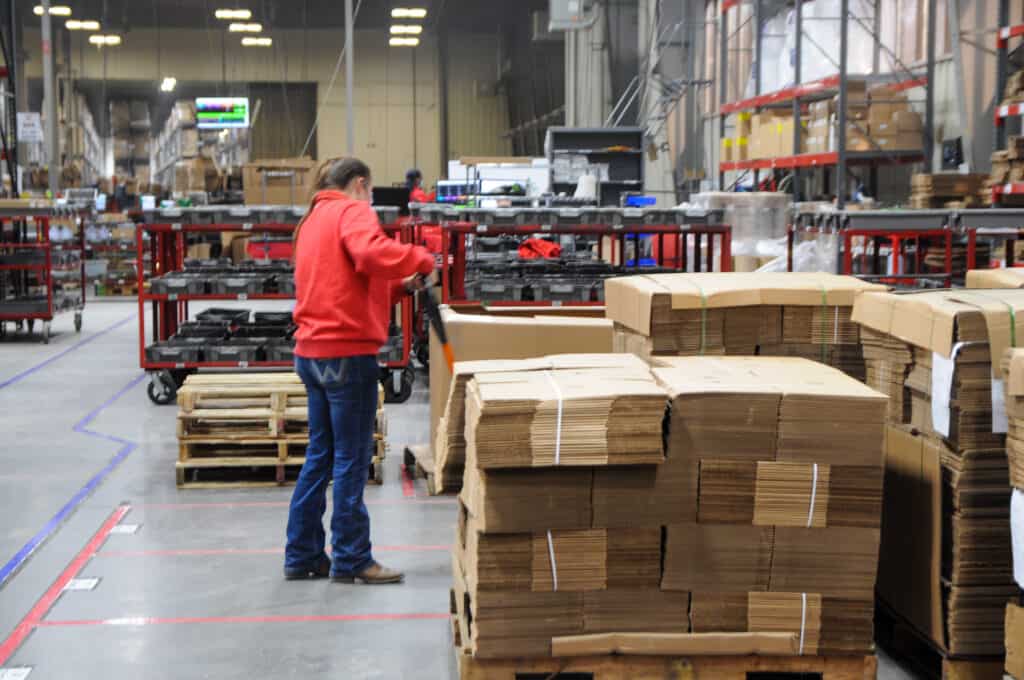
Are direct fulfillment centers right for eCommerce?
Direct fulfillment centers are perfect for eCommerce companies because they let you ship the correct goods to your shoppers. These locations also make it easy to add extras, from stickers and coupons to gift items, into any order. That’ll help you run promotions and make offers based on individual shoppers, which isn’t possible when you’re moving bulk goods.
The closer you are to the end consumer, the more flexibility your business has. Thankfully, this is true whether you run your own direct fulfillment center or if you work with a company like Red Stag Fulfillment.
Red Stag and other 3PLs serve as direct fulfillment centers by picking, packing, and shipping individual orders to each customer. We keep your company directly linked with its customers, eliminating concerns and issues. Together, we help our clients set expectations, maintain communication with customers, share tracking and other details, and ensure products are delivered on time and accurately, guaranteed.
The other advantage to working with us is that you can utilize a variety of marketplaces for sales. This includes supporting Amazon Direct Fulfillment if you have that relationship or preparing your goods for Amazon FBA. That all happens while we fill orders for sales from your website, social channels, eBay, and more. All your products get the care and control we provide. It’s how your business can make the most of every opportunity.
Nothing in this article is meant to imply a legal relationship between Red Stag Fulfillment, LLC and and Amazon. Red Stag Fulfillment, LLC does not own any other company’s trademarks referenced or included in this article.







